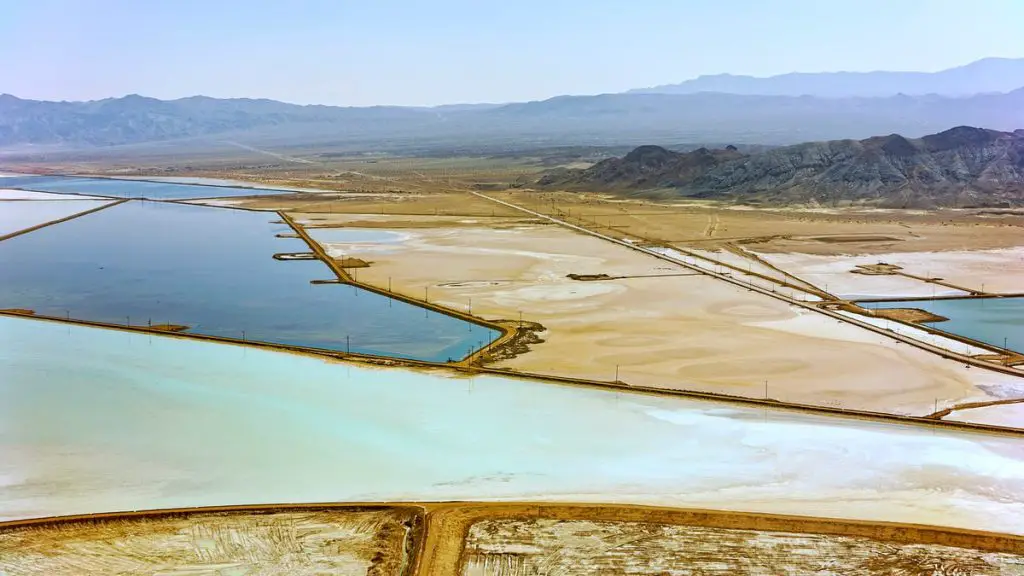As the world grapples with the escalating climate crisis, the pursuit for cleaner, more sustainable energy sources has never been more urgent. Amid this backdrop, California has emerged at the forefront of this mission, crafting a revolutionary chapter in the annals of green energy. The birth of Lithium Valley, a booming region dedicated to lithium extraction and battery technology, stands as a testament to California’s commitment to sustainability and innovation. This 2000-word feature article aims to explore the inception, development, and potential implications of Lithium Valley in California.
I. Introduction
Lithium Valley is an area in Southern California poised to become a global center for the extraction of lithium and the production of lithium-ion batteries. Predominantly located around the Salton Sea in Imperial County, the region is rich in geothermal brines that are an abundant source of lithium. This valuable element is a crucial component of rechargeable lithium-ion batteries, which power electric vehicles (EVs) and provide energy storage for renewable power sources like wind and solar.
II. Lithium: The White Gold of the 21st Century
Dubbed the “White Gold” of the 21st Century, lithium is a soft, silver-white metal that belongs to the alkali metal group of chemical elements. It possesses the highest electrochemical potential of all metals, making it an ideal material for producing high-energy-density rechargeable batteries. As we move towards a carbon-neutral future, the demand for lithium, and consequently lithium-ion batteries, is set to skyrocket.
Despite its importance, the global lithium supply has struggled to keep pace with demand. Traditional lithium extraction methods are costly, slow, and environmentally damaging, typically involving open-pit mining or evaporation ponds that can take months or even years to yield lithium. This is where the promise of Lithium Valley shines brightly.
III. Birth of the Lithium Valley
The concept of Lithium Valley emerged as California began to leverage its geothermal resources to extract lithium. The Salton Sea geothermal field is one of the most potent sources of geothermal energy in the world. As water deep within the Earth’s crust is heated by magma, it rises to the surface, bringing with it a wealth of minerals, including substantial amounts of lithium.
In recent years, new technologies have been developed that can efficiently extract lithium from geothermal brine, a salty, mineral-rich liquid that is a byproduct of geothermal power generation. This process offers a more sustainable and economically viable method of lithium extraction, turning the Salton Sea region into a prospective lithium production hub.
IV. The Role of Lithium Valley in the Green Energy Transition
Lithium Valley holds the potential to play a pivotal role in the global green energy transition. Firstly, it could significantly boost the domestic supply of lithium, reducing the U.S.’s dependence on lithium imports. This would help stabilize lithium prices and ensure a steady supply for the growing EV and renewable energy industries.
Secondly, by turning to geothermal brine as a source of lithium, Lithium Valley could revolutionize the lithium extraction process. The method is not only faster than traditional mining or evaporation techniques, but it’s also more environmentally friendly. It produces minimal waste, doesn’t require the use of harmful chemicals, and doesn’t involve extensive land disruption.
Lastly, the development of Lithium Valley can also lead to job creation and economic growth in the region. The lithium extraction, battery manufacturing, and associated industries will require a significant workforce, providing opportunities for local communities. Moreover, the infrastructure required for this industry can spur other businesses and services, further diversifying and strengthening the regional economy.
Moreover, Lithium Valley can play a key role in the development and advancement of green technologies. By providing a reliable and abundant source of lithium, necessary for battery storage technologies, it can propel the development and wide-scale adoption of electric vehicles and renewable energy systems. This in turn can help reduce greenhouse gas emissions, aiding in the fight against climate change.
In addition, Lithium Valley could become a hub for research and development in green energy technologies. With industries, academia, and government bodies potentially congregating in the area, it can foster an environment conducive to innovation and the exchange of ideas. This could lead to breakthroughs in energy storage and battery technologies, further accelerating the green energy transition.
In conclusion, Lithium Valley, by enhancing domestic lithium supply, revolutionizing lithium extraction, boosting regional economies, and fostering innovation, stands poised to play a crucial role in the transition to a more sustainable and green energy future.







